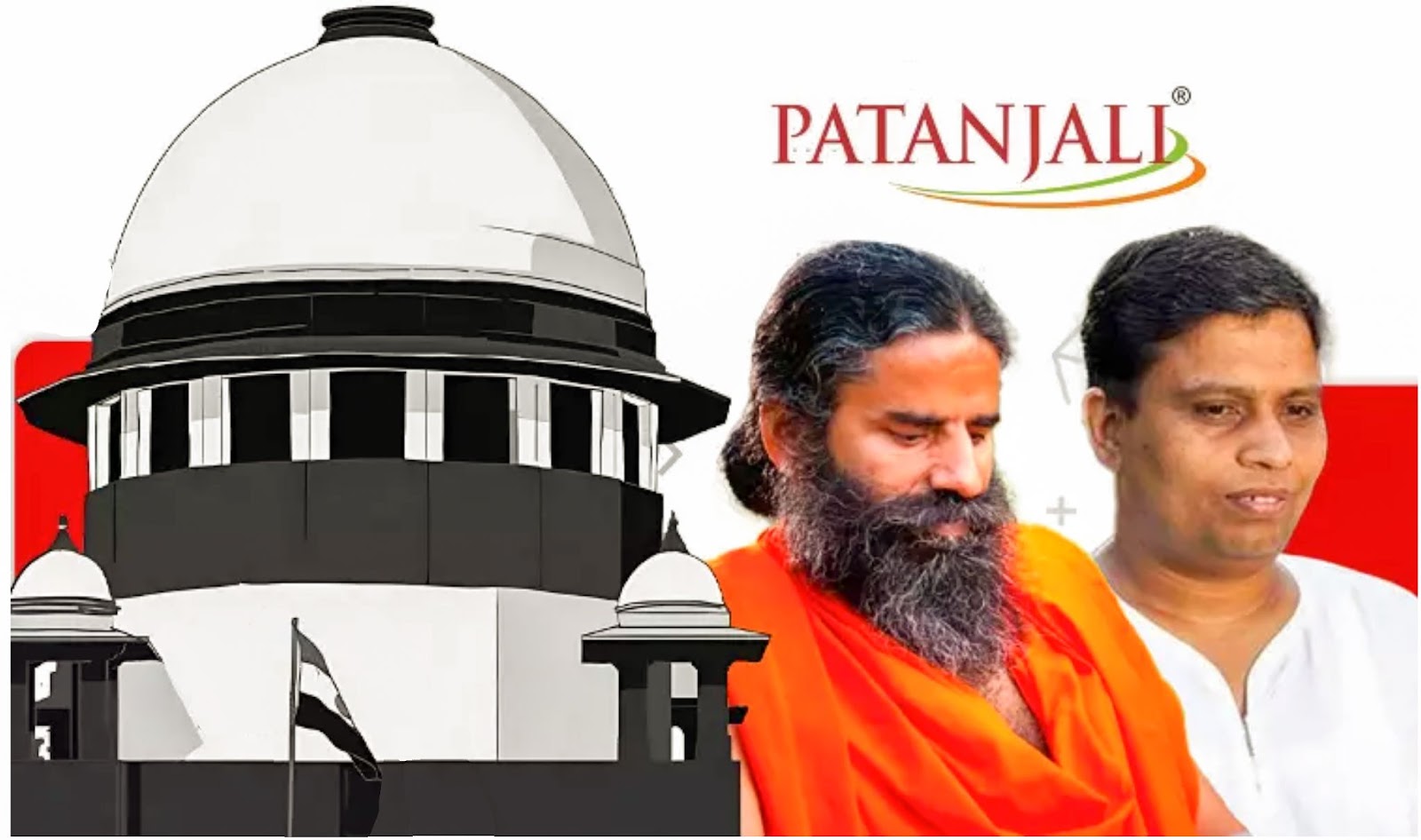Character AI Faces Legal Scrutiny: The Question Of Protected Speech

Table of Contents
The Nature of AI-Generated Content and its Legal Implications
Defining "Speech" in the Context of AI
The legal definition of "speech" is central to understanding the challenges posed by Character AI. Traditional legal precedents primarily focus on human expression. However, AI-generated text blurs these lines. Does an algorithm's output qualify as "speech" protected under the First Amendment (or equivalent legal frameworks in other countries)? The answer is far from clear.
- Examples of AI-generated content raising legal concerns:
- AI-generated defamatory statements about individuals or organizations.
- AI-created content infringing on existing copyrights.
- AI-generated hate speech promoting violence or discrimination.
- Liability for AI-generated content:
- Is the AI developer liable for the capabilities of their creation?
- Is the user responsible for the content they generate using the AI?
- Or is there a shared responsibility model that needs to be established?
The Difficulty in Determining Intent and Liability
Assigning responsibility for harmful AI-generated content is challenging due to the lack of conscious intent in AI algorithms. Unlike human speech, AI lacks malice or premeditation. This raises complex questions about culpability and accountability.
- Arguments for holding developers accountable:
- Developers have a responsibility to design AI systems that minimize the risk of generating harmful content.
- Developers should implement safety measures and filters to prevent the creation of defamatory, infringing, or hateful material.
- Arguments for holding users accountable:
- Users should be responsible for how they utilize AI tools and the content they generate.
- Users should be educated about the potential risks and ethical considerations involved in using AI.
Specific Legal Challenges Facing Character AI
Potential Copyright Infringement
Character AI's ability to generate creative text formats raises significant copyright concerns. Can AI legitimately create original works, or does its output inherently infringe on existing copyrights? This area lacks clear legal precedent, creating uncertainty for both developers and users.
- Examples of potential copyright infringement:
- AI generating stories, poems, or code that closely resemble copyrighted material.
- AI mimicking the style and voice of specific authors without permission.
- Applicability of fair use:
- The "fair use" doctrine allows limited use of copyrighted material without permission for purposes such as criticism, commentary, news reporting, and research.
- However, the application of fair use to AI-generated content remains largely untested and contentious.
Concerns Regarding Defamation and Harmful Content
Character AI, like other large language models, can potentially generate defamatory statements or other harmful content. This raises serious legal and ethical questions about the liability of both the developers and the users.
- Examples of AI-generated defamatory content:
- AI generating false and damaging statements about individuals or organizations.
- AI creating content that incites hatred or violence against specific groups.
- Legal precedents and online platforms:
- Existing laws regarding defamation and online platforms may need to be adapted to address AI-generated content.
- Determining which party – the developer or the user – is liable for harmful AI output remains a significant challenge.
The Future of AI and Free Speech
Balancing Innovation with Legal Responsibility
The rapid advancement of AI requires a clear legal framework that balances innovation with the prevention of harm. This necessitates a nuanced approach that avoids stifling progress while safeguarding against the misuse of AI.
- Arguments for regulating AI-generated content:
- Regulation can help mitigate the risks of defamation, copyright infringement, and the spread of harmful content.
- Clear guidelines can create a more predictable and responsible environment for AI development.
- Arguments against overregulation:
- Overregulation could stifle innovation and limit the potential benefits of AI.
- It's crucial to protect free speech while addressing potential harms.
The Role of Self-Regulation and Industry Standards
Self-regulation and industry standards can play a significant role in mitigating the legal risks associated with AI-generated content. However, establishing and enforcing these standards presents considerable challenges.
- Examples of self-regulatory measures:
- AI developers can implement content filters and safety protocols to prevent the generation of harmful content.
- Industry best practices can be developed to promote responsible AI development and usage.
- Challenges in establishing and enforcing standards:
- Reaching consensus on industry standards can be difficult, especially across diverse organizations.
- Enforcing standards requires effective mechanisms for monitoring and accountability.
Conclusion
Character AI's rapid growth presents exciting possibilities, but also significant legal challenges. The platform's capacity to generate text raises critical questions about the nature of AI-generated "speech," copyright infringement, defamation, and the allocation of liability. The legal uncertainty surrounding Character AI highlights the urgent need for a balanced approach that fosters innovation while ensuring responsible AI development. We must engage in a continuous dialogue on the complex legal and ethical implications of AI. Character AI's legal battles highlight the urgent need for clear guidelines on AI-generated content and its implications for protected speech. Stay informed about the evolving legal landscape surrounding AI by following reputable legal and technological news sources, and participate in constructive discussions about the future of AI and its implications for society.

Featured Posts
-
 Free Palestine Chant Precedes Jewish Museum Shooting Understanding Elias Rodriguezs Actions
May 23, 2025
Free Palestine Chant Precedes Jewish Museum Shooting Understanding Elias Rodriguezs Actions
May 23, 2025 -
 Top 5 Finansovikh Kompaniy Ukrayini Za Dokhodom U 2024 Rotsi Analiz Rezultativ
May 23, 2025
Top 5 Finansovikh Kompaniy Ukrayini Za Dokhodom U 2024 Rotsi Analiz Rezultativ
May 23, 2025 -
 Big Rig Rock Report 3 12 98 5 The Fox Trucking Industry News
May 23, 2025
Big Rig Rock Report 3 12 98 5 The Fox Trucking Industry News
May 23, 2025 -
 Elias Rodriguez Accused In Jewish Museum Shooting After Free Palestine Chant
May 23, 2025
Elias Rodriguez Accused In Jewish Museum Shooting After Free Palestine Chant
May 23, 2025 -
 Global Bond Market Instability A Posthaste Warning
May 23, 2025
Global Bond Market Instability A Posthaste Warning
May 23, 2025
Latest Posts
-
 Record Low Memorial Day Gas Prices Anticipated
May 23, 2025
Record Low Memorial Day Gas Prices Anticipated
May 23, 2025 -
 Cheaper Gas Expected For Memorial Day Weekend Travel
May 23, 2025
Cheaper Gas Expected For Memorial Day Weekend Travel
May 23, 2025 -
 Memorial Day Gas Prices A Decade Low Predicted
May 23, 2025
Memorial Day Gas Prices A Decade Low Predicted
May 23, 2025 -
 2025 Memorial Day Weekend Beach Forecast Ocean City Rehoboth Beach And Sandy Point State Park
May 23, 2025
2025 Memorial Day Weekend Beach Forecast Ocean City Rehoboth Beach And Sandy Point State Park
May 23, 2025 -
 Ocean City Rehoboth And Sandy Point Beach Weather Memorial Day Weekend 2025 Forecast
May 23, 2025
Ocean City Rehoboth And Sandy Point Beach Weather Memorial Day Weekend 2025 Forecast
May 23, 2025
